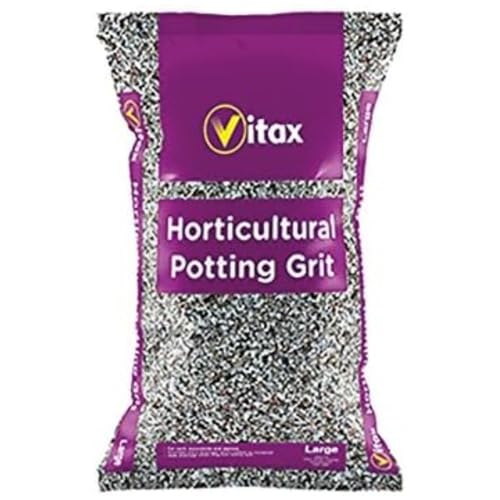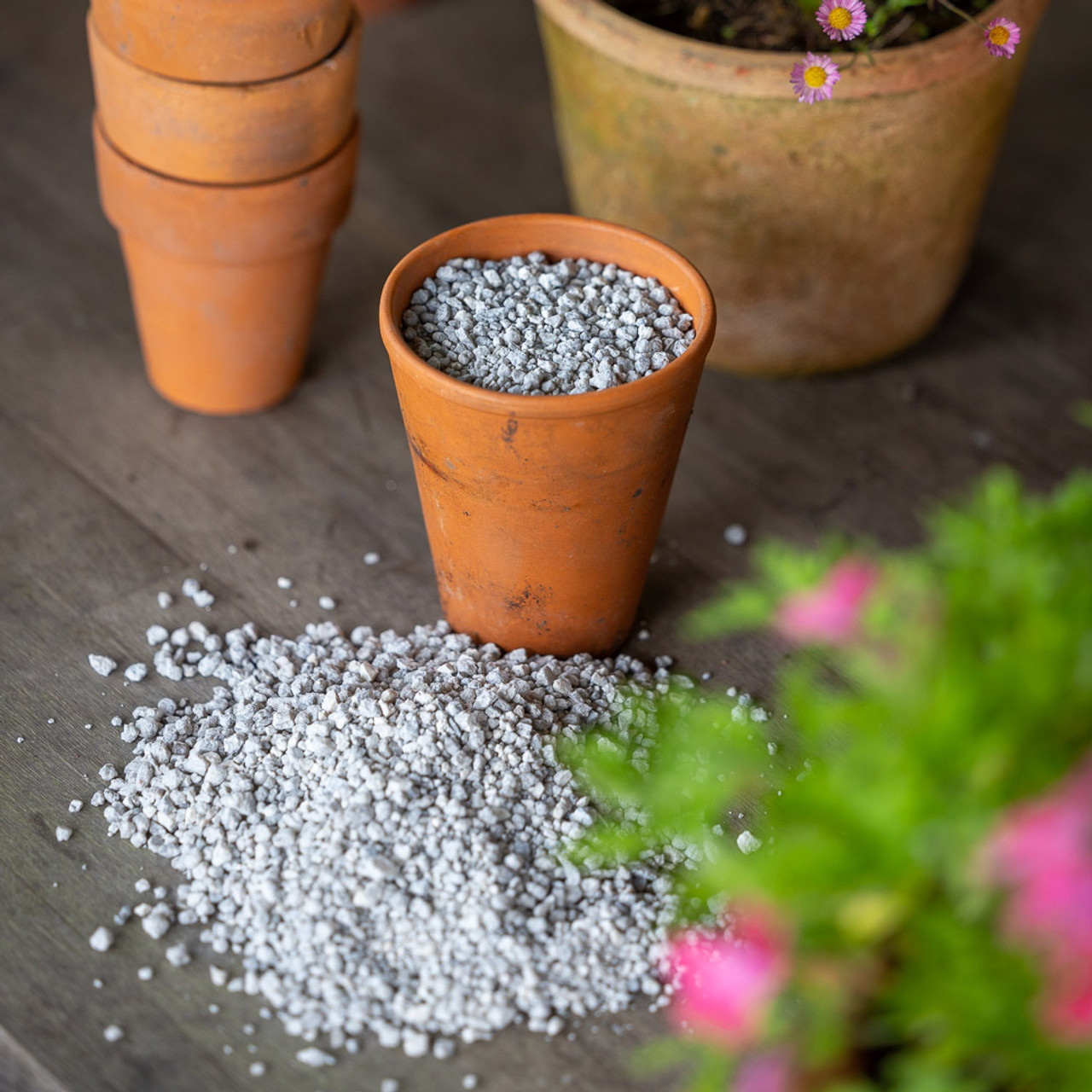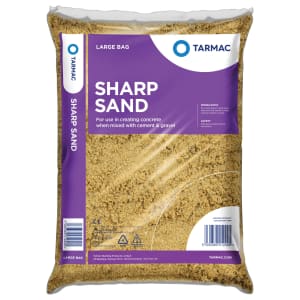Lavender will bloom bigger and brighter if you add this £5 essential to your soil, say garden experts
This handy trick will reward you with beautiful, fragrant flowers this summer


We all know and love lavender for its gorgeous scent and stunning purple flowers. But if you’re lavender is producing more green shoots than lilac blooms, then it’s likely there’s too much nitrogen in your soil - luckily, garden experts have revealed the easy fix to achieve an abundance of purple flowers this summer.
If you’re growing lavender, you’ll know what a wonderful addition it makes to your garden. Lavender is a favourite amongst bees and other pollinators, while its classic style is well-suited to the French-style courtyard garden trend and Mediterranean garden ideas.
Because of this, it’s disappointing if your lavender plant doesn’t look up to scratch. But if you’ve found your plant is producing more green than purple, all you need to do is add sand or gravel to your soil - here’s why.
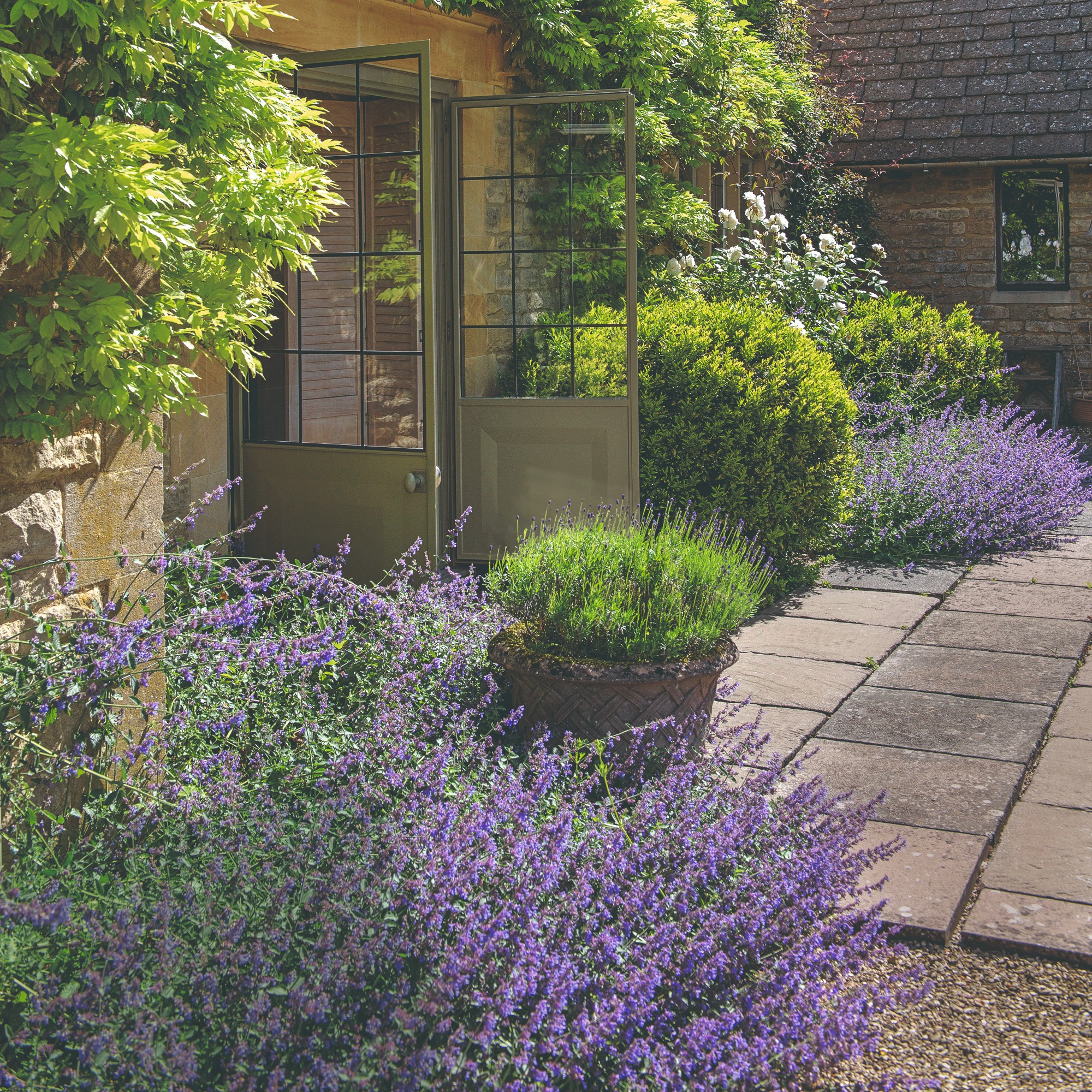
Why you should add gravel to your lavender plant
Lavender thrives in free-draining soil that mimics a Mediterranean climate, as the plant most commonly grows in rocky gardens. So, you have to nail the Mediterranean conditions.
‘Lavender can produce leafy stems at the expense of flowers if there is too much nitrogen in the soil or if the soil it is growing in is too fertile. Adding sand or gravel can aerate the soil and reduce the intensity of the nutrients, as it mimics the natural Mediterranean environment in which lavender grows. The sand or gravel will also aid drainage in the soil,’ explains Graham Smith MCIHort, a gardening expert from LBS Horticulture.
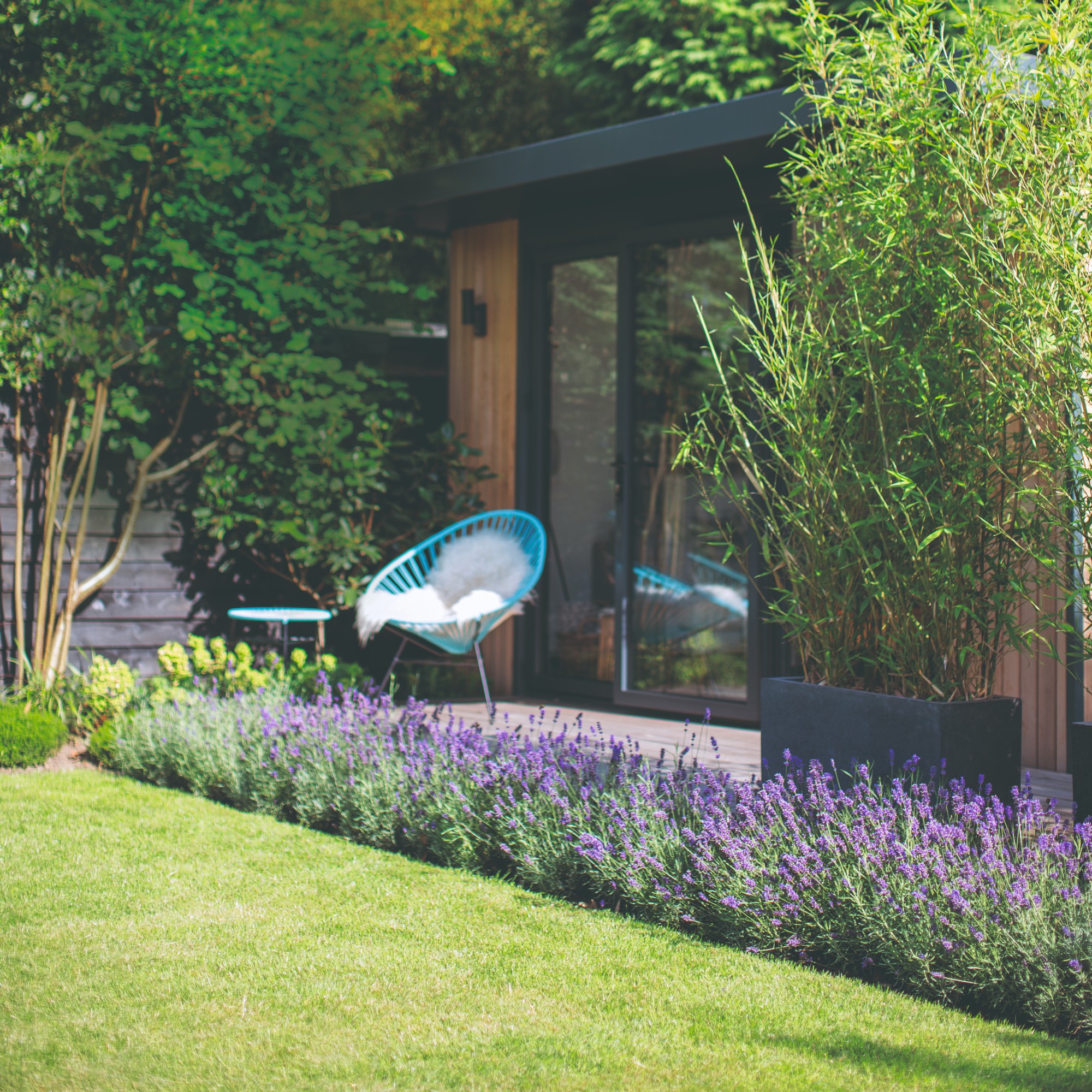
Furthermore, when lavender is in wet or poorly draining soil, it can become at risk of disease such as root rot. It’s also more prone to fungal infections when in overly moist soil. Luckily for you, lavender plants show obvious signs when they're unhappy.
‘Yellowing or wilting despite regular watering is a sign that your lavender may need better drainage. Also, overflowing water after rain and soil that stays damp for days,’ says Jane Dobbs, Gardening Team Lead at Allans Gardeners.
Sign up to our newsletter for style inspiration, real homes, project and garden advice and shopping know-how
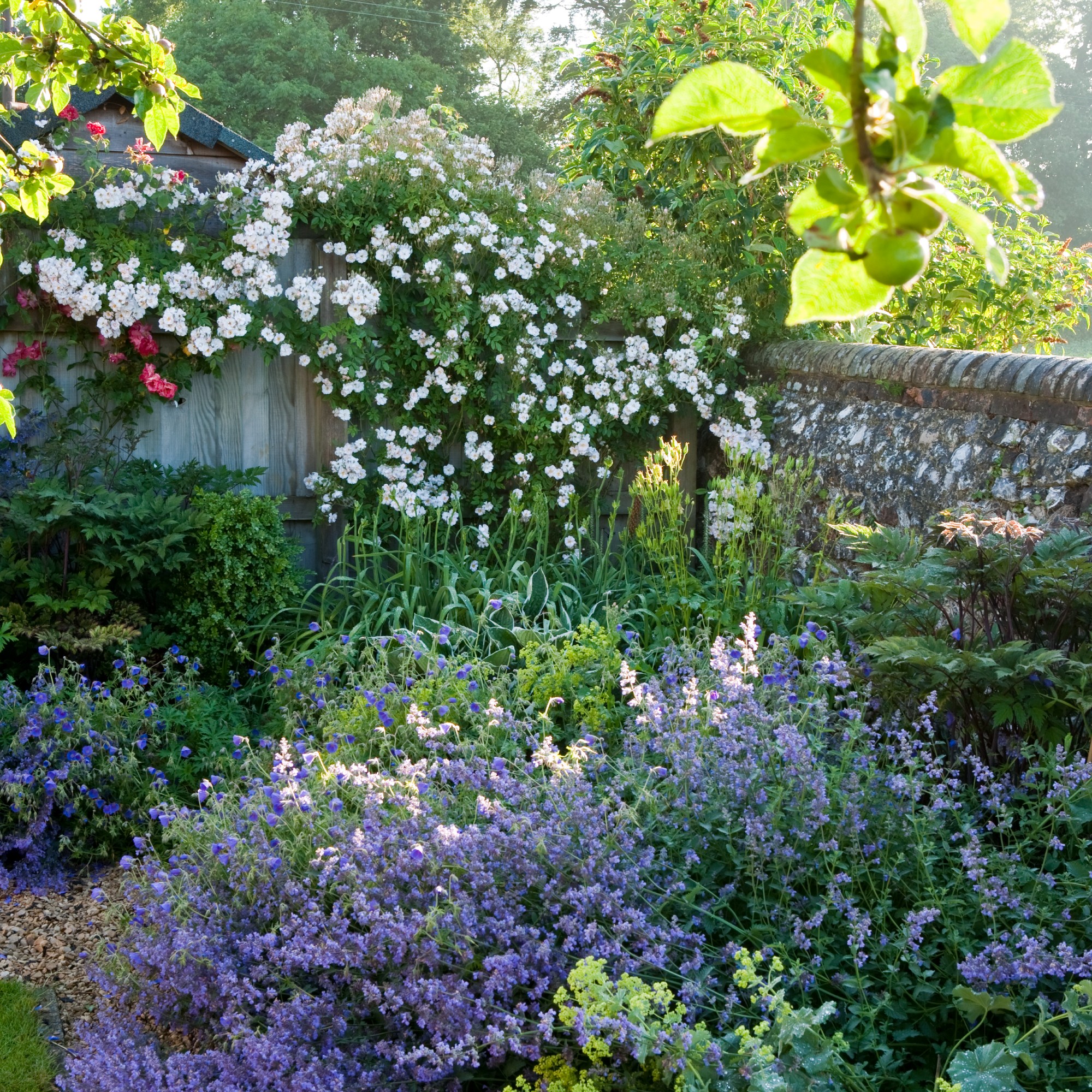
Adding gravel or sand helps the excess moisture draining, resulting in a happier plant with purple flowers. And both Jane and Graham recommend opting for builders' sand (£3.70 at B&Q) or pea gravel (£4.40 at B&Q).
‘It is better to use builder's sand or pea gravel, as these can provide better airflow than other materials when used as mulch. Avoid materials like fine sand, as this can clump together easily and may make it harder for water to reach the roots of the lavender,’ says Graham.
Adding sand or gravel is not to be confused with fertilising your plant, as lavender doesn’t require much fertilising anyway, as it prefers poor soil. This method improves the drainage of your soil so your lavender can thrive. This achieves beautiful purple flowers as a result.
So, if you want to get the most out of your lavender plant, consider adding a layer of sand or gravel to its base. You’ll be rewarded with the prettiest, fragrant flowers.
Shop gravel and sand

Kezia Reynolds joined the Ideal Home team as News Writer in September 2024. After graduating from City, University of London in 2022 with a bachelor’s degree in journalism, Kezia kicked off her career spending two years working on women’s weekly magazines. She is always on the lookout for the latest home news, finding you the best deals and trends - so you don’t miss a thing!
You must confirm your public display name before commenting
Please logout and then login again, you will then be prompted to enter your display name.
